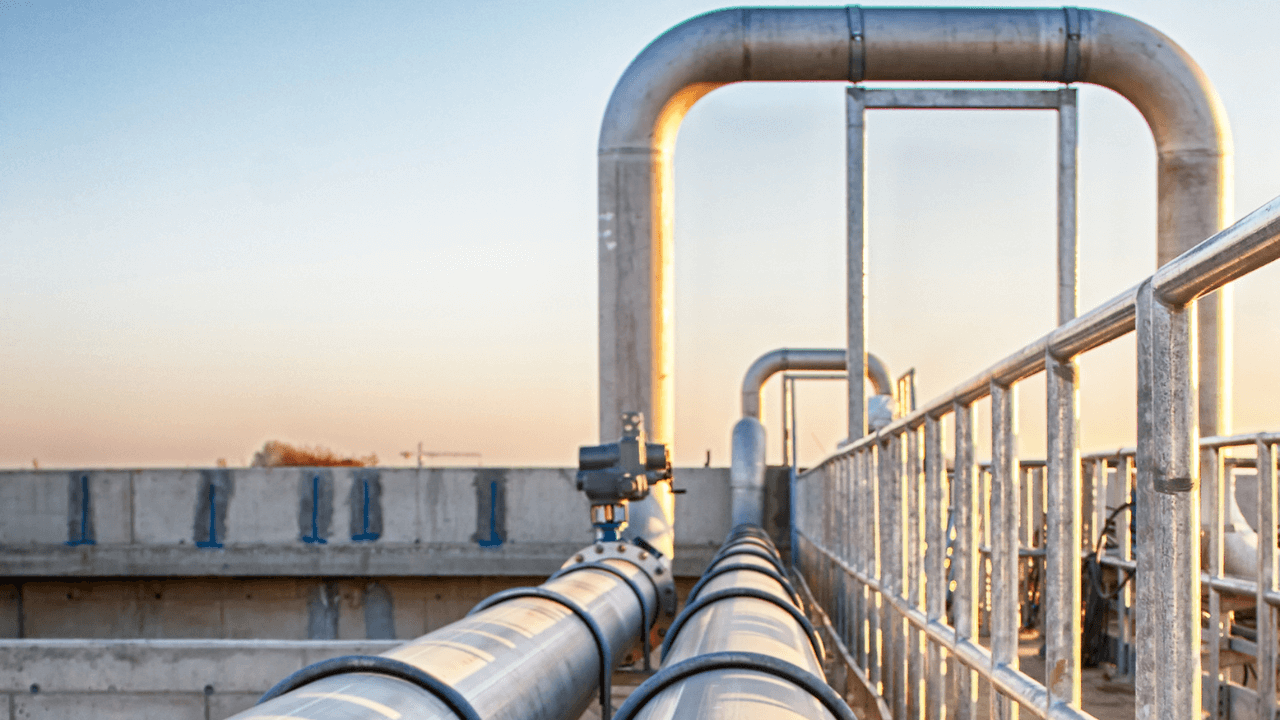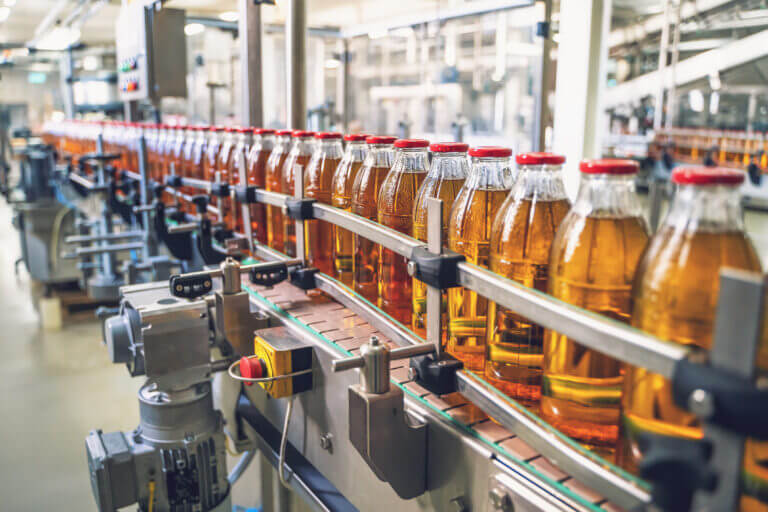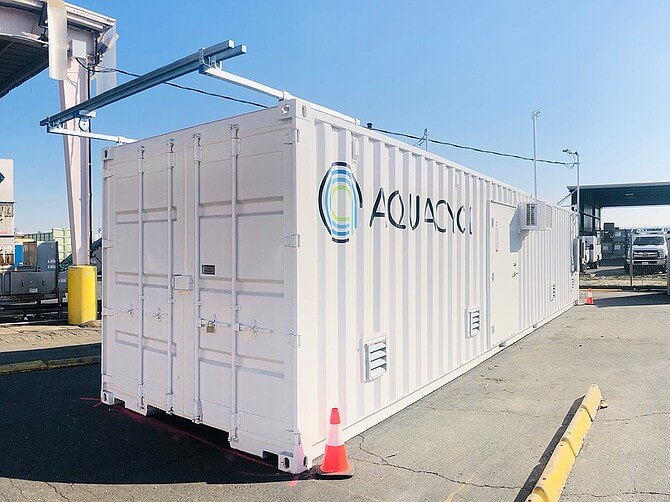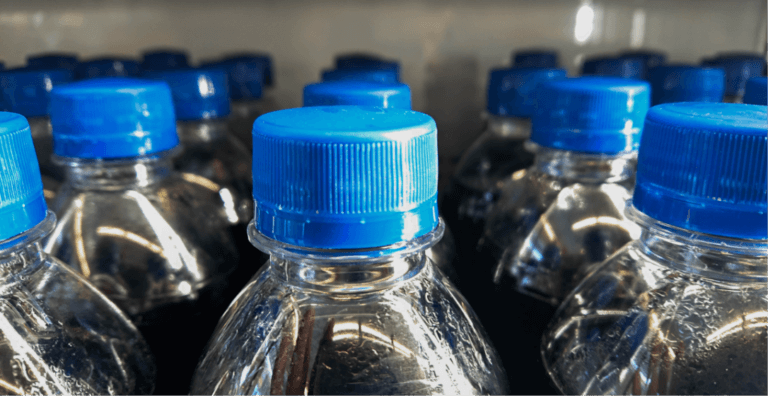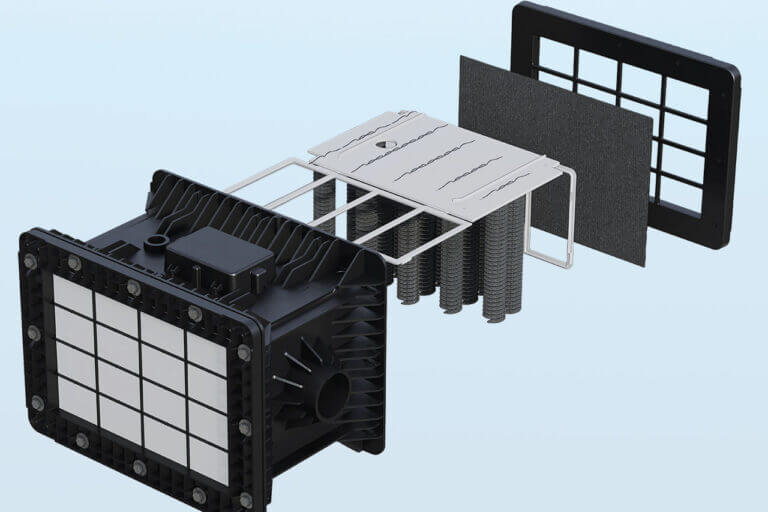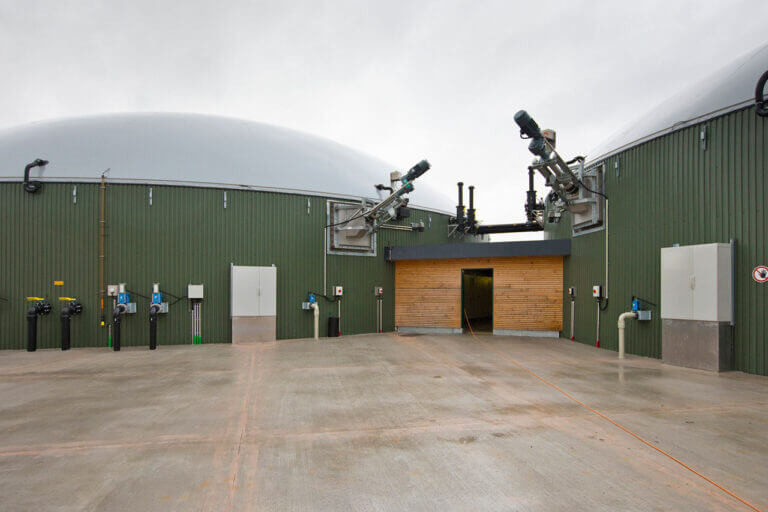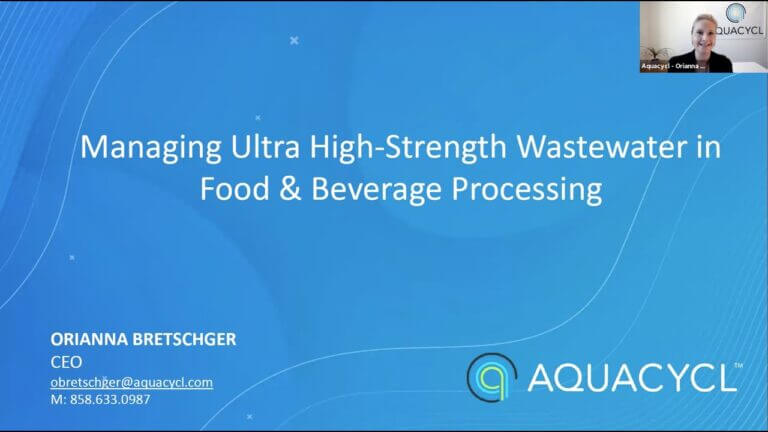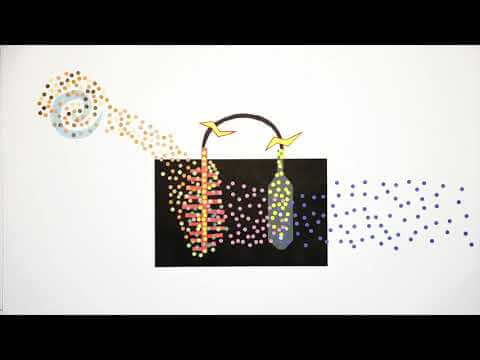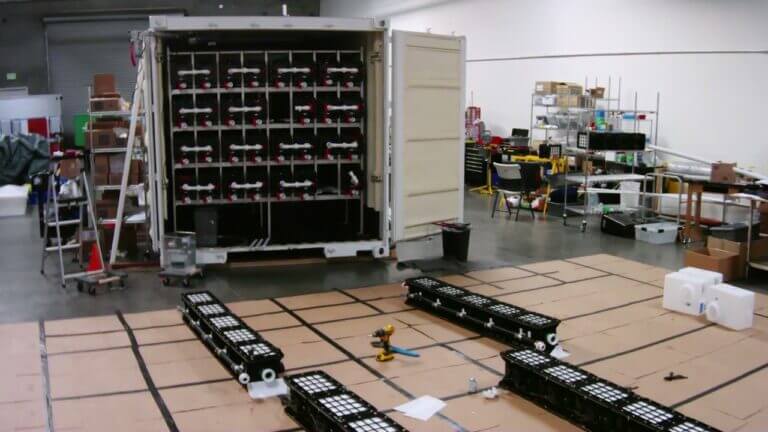As an industrial producer, you might be wondering, “Why should I pre-treat my wastewater if my facility is already paying negotiated utility rates to discharge to a collection system with a treatment facility?”
While pre-treatment might initially seem like an unnecessary and costly step, it can actually yield significant long-term benefits and cost savings. Let’s dive into what wastewater pre-treatment is, how it can benefit your operations, and a technology option that helps you achieve these advantages seamlessly.
What is wastewater pre-treatment?
Pre-treatment refers to the process of reducing the pollutant concentration in wastewater before it enters a collection system or treatment facility. It serves as a critical first step in safeguarding downstream processes, ensuring compatibility with existing treatment operations, and meeting regulatory requirements.
This step is typically carried out onsite at an industrial facility before the wastewater is discharged to a utility, hauled offsite, or sent to other onsite treatment technologies, such as anaerobic digesters.
Some common pre-treatment methods include:
- Screening and Filtration: Removes large particles and debris and requires a solid-waste management program.
- Chemical Dosing: This is most commonly applied to neutralize pH, but different chemistry can be also be used to address specific contaminants, which can lead to high costs if not optimized.
- Dissolved Air Flotation (DAF): Separates suspended solids but requires frequent maintenance, chemical additives and a solids-management program.
- Anaerobic Digesters (AD): Removes most of the organic waste through biological processes, but may require long retention times, chemical dosing, large physical footprint, and specific permitting.
- Learn more about biological wastewater treatment
Why employ wastewater pre-treatment?
If your facility discharges high concentrations of organics (BOD or COD), nutrients (such as nitrogen or phosphorus), or total dissolved solids (TDS, such as salts), pre-treatment is worth considering.
These pollutants can overwhelm downstream treatment plants, which typically rely on biological processes which are sensitive to changes in flows, pH, temperature, and pollutant concentrations. Industrial wastewater can destabilize these systems, potentially causing operational shutdowns that take days or weeks to recover from—leaving every rate payer at risk.
To prevent such disruptions, municipalities may assess fines or higher surcharges, or even refuse to accept your wastewater, putting your operations at risk.
Investing in pre-treatment at your facility can:
- Improve the efficiency of existing treatment systems.
- Reduce operational and energy costs for utilities.
- Ensure compliance with discharge regulations.
- Lower your Scope 3 carbon emissions.
A pre-treatment option that works for you
The best wastewater pre-treatment option is one that fits into your facility’s needs seamlessly. It shouldn’t be an added burden to your operations and lowers the costs of industrial wastewater treatment. The solution should require minimal management and maintenance from your team, little additional infrastructure, can be quickly and seamlessly integrated into your current facility’s layout without production downtime, and may ultimately lower your wastewater management costs.
This is where we excel. Our BETT system provides onsite pre-treatment directly at the source of wastewater generation. This compact, low-energy system significantly reduces pollutants before wastewater enters downstream treatment. And BETT can work no matter what your downstream treatment may look like:
- Eliminates Hauling: BETT pre-treats high-strength wastewater onsite, reducing or eliminating the need for costly hauling and offsite disposal.
- Boosts Efficiency for Anaerobic Digesters: BETT normalizes feedstocks and converts total suspended solids into additional soluble organics that can lead to biogas increases of up to 30% while accelerating treatment.
- Enhances Treatment System Performance: Whether paired with ADs, DAF systems, or other technologies (e.g. aerobic processes), BETT improves overall system efficiency by reducing sludge production, lowering energy and chemical consumption, and minimizing compliance risks.
- Significant Cost Savings: Reduce utility bills, avoid costly surcharges and non-compliance penalties, and reduce complexity of treatment.
- Facilitates Municipal Compliance: We provide a 100% performance guarantee for our equipment, which aligns to your business case and discharge requirements, ensuring you meet regulations while avoiding fines or penalties.
Case Study: Industrial pre-treatment in food and beverage manufacturing
At one of our food and beverage manufacturing clients, we discovered that 3% of their wastewater volume accounted for 60% of their wastewater management costs. By isolating and pre-treating this highly concentrated wastewater using the BETT system, the facility eliminated unpredictable surcharges from their sewer bill.
We installed a 40-foot containerized BETT system that removes 1,600–3,000 lbs of BOD daily using only 60 kWh of energy per day. Comparatively, treating this same load at a municipal wastewater facility with conventional aeration would require over 2,000 kWh per day. By utilizing BETT, the facility not only reduced its wastewater costs but also saved the city 200,000–350,000 kWh annually, lowering Scope 3 carbon emissions and strengthening its relationship with the municipality.
So overall, doing industrial pre-treatment can help your facility save money, reduce risk, address Scope 3 emissions, benefit the utility operationally as well as monetarily, and eliminate trucks of sludge from the road.
There’s really no reason not to do it, so why not explore all the ways BETT can work for you as a wastewater pre-treatment? Explore our solution.


